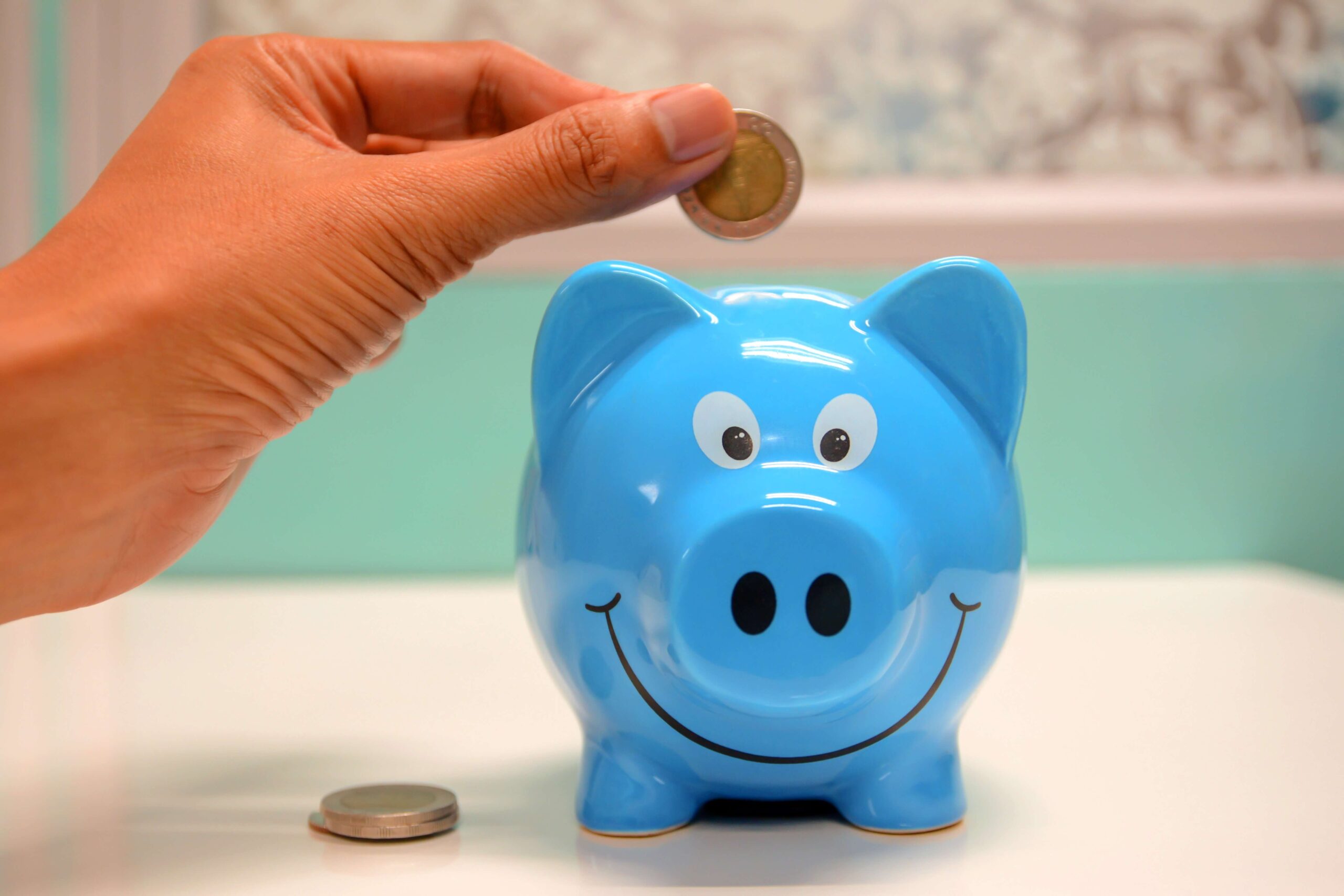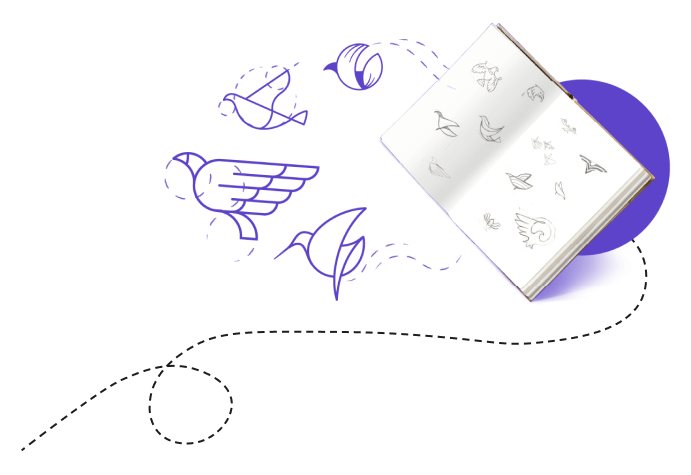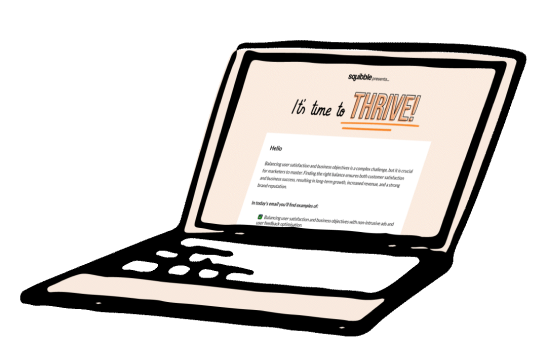We all understand that a change is as good as a rest. It’s why we switch up our wardrobe each season, or give the garden shed a new coat of paint. Keeping things fresh helps make them better.
In the jargon, this is known as “iterative design”: the process by which something is changed incrementally over time, to keep it not just looking new but continually fit for purpose.
In web design & development, iterative design should be non-negotiable. The digital world changes so quickly, and so often, that a website which stands still will soon be left behind. An out-dated website is a bad one. Internet users tend to be demanding.
Nevertheless, many businesses still think in terms of the periodic redesign: build a site, leave it a few years, and then refresh it. Rinse and repeat. The problem with this approach is that it is inflexible and unresponsive – and the best websites are the opposite.

Take user feedback. Unless a business adopts iterative design, they will to some extent lack the capacity to respond. Perhaps a site’s users report that they don’t like its user interface; perhaps it becomes clear they require additional functionality.
Outside of a full redesign, a business not engaging in constant maintenance of their site will not be able to meet those demands – and may therefore lose those users.
Think about search engine optimisation. Google changes its algorithms all the time – and what users search for shifts, too. Keeping a site at the top of the search results for the phrases that matter requires regular tinkering.
And consider consistent messaging. A successful site reflects the business it represents. Changes in an organisation – its offering, positioning or brand – must be reflected in its website. Iterative design offers a site the opportunity to change alongside a business, rather than always playing catch-up.
Critically, iterative design is simply more cost-effective, too – because not every change has to be incorporated into a costly and lengthy redesign. Instead, a site can develop organically over time.
Of course, iterative design still requires a strategy. It requires an agreed process of deciding upon, testing and applying changes. It requires measurables against which to rate success. And it requires expert review, so that a site is assessed appropriately and reliably at every stage.
In other words, iterative design isn’t a blank cheque for constant churn. Instead, it’s a prescription for efficient, productive and cost-effective ongoing maintenance.
In the modern digital landscape, a business can’t afford not to take this approach – and at Squibble we’re happy to help our clients adopt it. Drop us a line to discuss iterative design – and how it works for businesses large and small.






